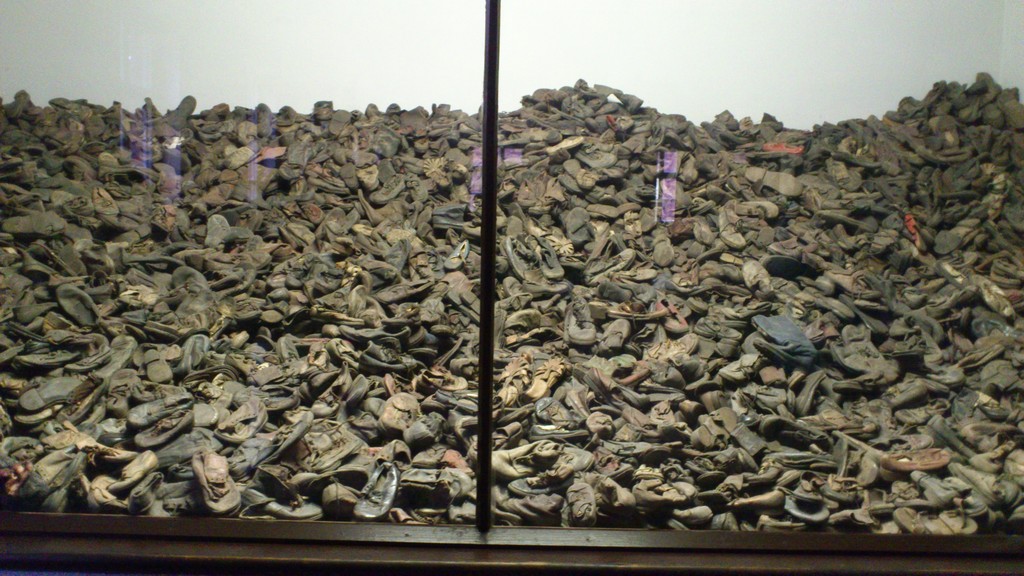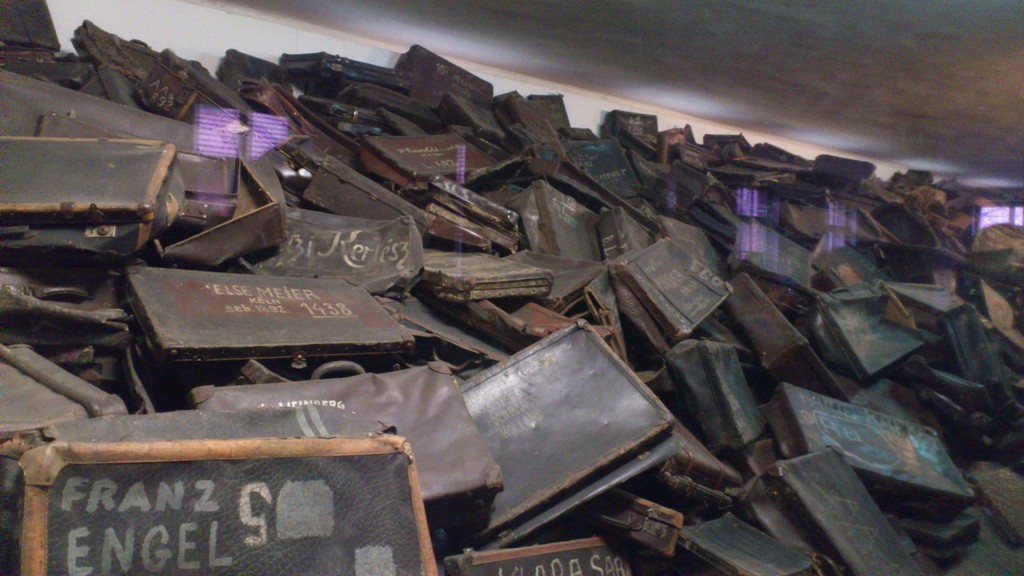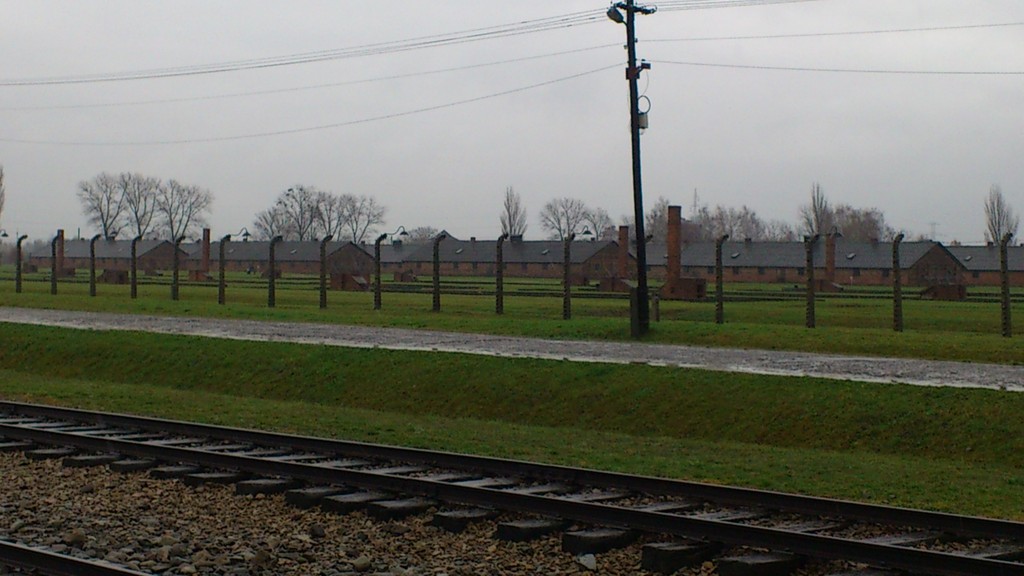KRAKOW IV (Concentration Camps)
On the second day in Krakow we had two excursions booked, one to the Auschwitz and Birkenau concentration camps and the other to the salt mines of Wieliczka. You are almost obliged to visit these two destinations when you travel to Krakow because whilst visiting the city you can see thousands of tourist spots and information where they sell you trips to these places. You should search carefully for the option that is most economic and that has good guides, as well as finding out if they have an excursion in the language that interests you. If you know someone has already been before ask for references to be sure.
We got up really early to go and pay for the excursions and collect our tickets. We went with the company "Cracow City Tours" which, honestly, was quite serious. We had a little problem with tickets because someone had cancelled without our permission but we quickly sorted it by showing them the tickets that they email you when you make the reservation. I'll leave you the webpage for if you want more information: http://www.cracowcitytours.es/
In the post I will only speak about the first of the excursions that we did.
The first excursion started in the morning, at 9:00 the bus left with the destination of Auschwitz. This German name was given at the time and though now they don't call it that, for excursions they keep this name because it is what they called it in that period. We got on the bus and started our hour and a half long journey to the destination. During the journey the guide was giving us information in English and Spanish about the duration of the trip and other things like what we would do when we arrived there, also they put on a film about the second world war and what it is they did in the concentration camps, but the subtitles in Castillian were too small to be able to read from my seat and the English narration made me fall asleep so I spent the trip dreaming...
When we arrived we found a very touristic place, many organized group excursions, and I found out that first thing in the morning, I think nine or ten, they let people go in for free. Once there they gave us a headset to listen to our tourguide, we synchronized ourselves with the guide's microphone and started the excursion.
To enter a concentration camp was very strange, I couldn't imagine living in a place like that and at first it hit me too much. The first part of the excursion is the museum where they keep many of the belongings of the inhabitants of the concentration camp that were found when the war finished, and there I was stunned by the sheer quantity of objects that there were (see photos) and also because that huge amount didn’t represent even half of the time they had been doing that kind of thing. In the museum we could see different types of rooms, different types of punishment in prisons, toilets, real photos of prisoners with their corresponding “pajamas”, lost objects…


At the end of seeing the museum they take you to the only gas chamber and crematorium that are left in that area because the rest, which are in the other area, were destroyed in order to try not leave evidence of all the crimes that were committed. The figures that they tell you during the tour are horrifying.
It is in this part of the tour that you can buy postcards and other things like umbrellas or raincoats, and there is also a kiosk where you can buy stamps and a mailbox to send from. Don’t be like me, who sends a postcard and forgets to put the road and the name of the recipient. The stamp to send to Spain costs 5PLN- don’t let them cheat you by saying that it costs more, this is sufficient.
The second part is the bit that has impacted me most, the sheer size of Birkenau is indescribable. If in the previous part we saw everything that they did, here we were left dumbstruck to think of all the people who would have filled such a huge place. To enter through one of the bunkhouses puts your hair on end, but added to this the guide changed the temperature to how low it would have been in the winter and then the summer, the smells that would have been there (death, sweat from hard labour, excrement, etc. ) and that was the worst of the worst. They also showed us some photos of these places.


In this zone we could find a monument that was built in memory of all the deceased in this place and plaques in the languages of the people that died. We saw that some Jews came and put stones on a tomb that was there and, out of curiosity, we took the chance to ask the guide ‘why stones? ’: because stones to the Jews, are like flowers to us, they don’t lay down flowers because it is something that is alive, whilst stones represent something inert, like death.
The duration of the trip was roughly six hours including travel and everything. The first part of the visit took around two hours what with breaks and stops and the second part a little less, an hour and a half. If you go in the winter I recommend that you take umbrellas and are well wrapped up in a coat because the second part (Birkenau) is all in the open air.
Photo gallery
Content available in other languages
- Español: CRACOVIA IV (Campos de concentración)
- English: KRAKOW IV (Concentration Camps)
Want to have your own Erasmus blog?
If you are experiencing living abroad, you're an avid traveller or want to promote the city where you live... create your own blog and share your adventures!
I want to create my Erasmus blog! →























Comments (0 comments)